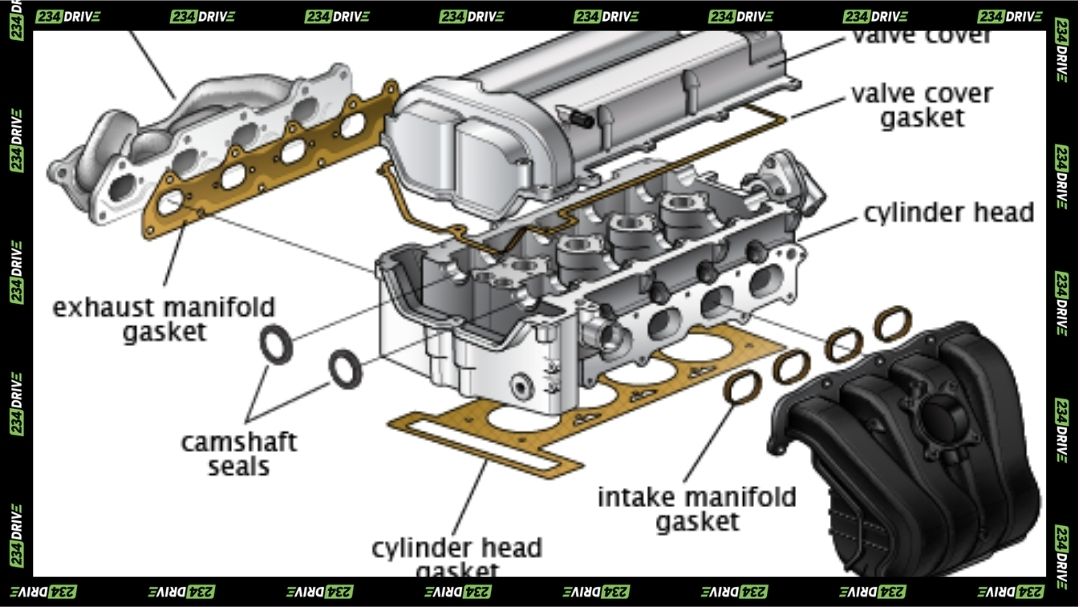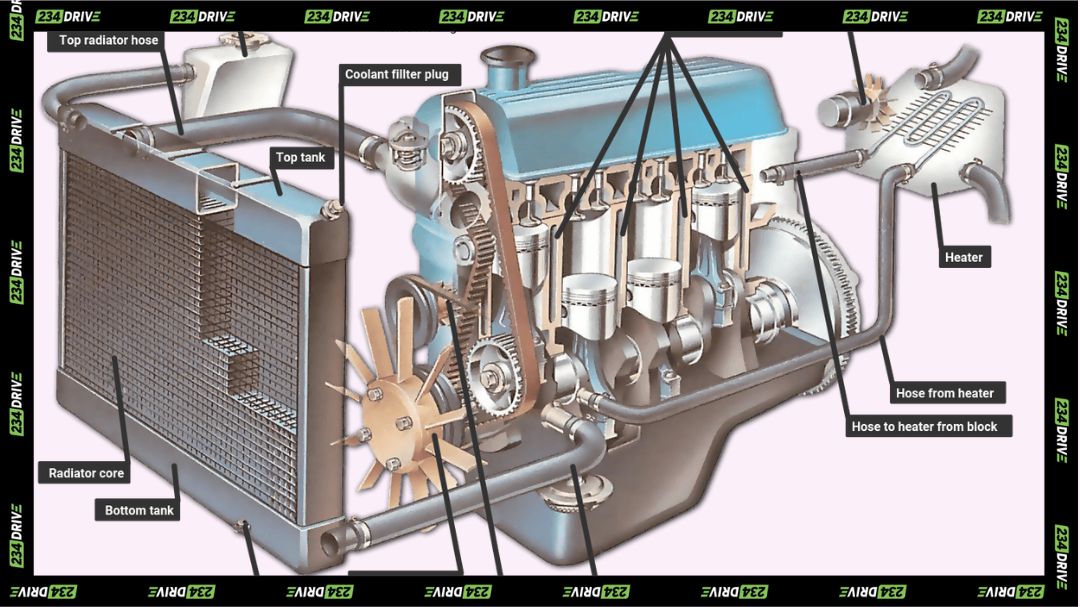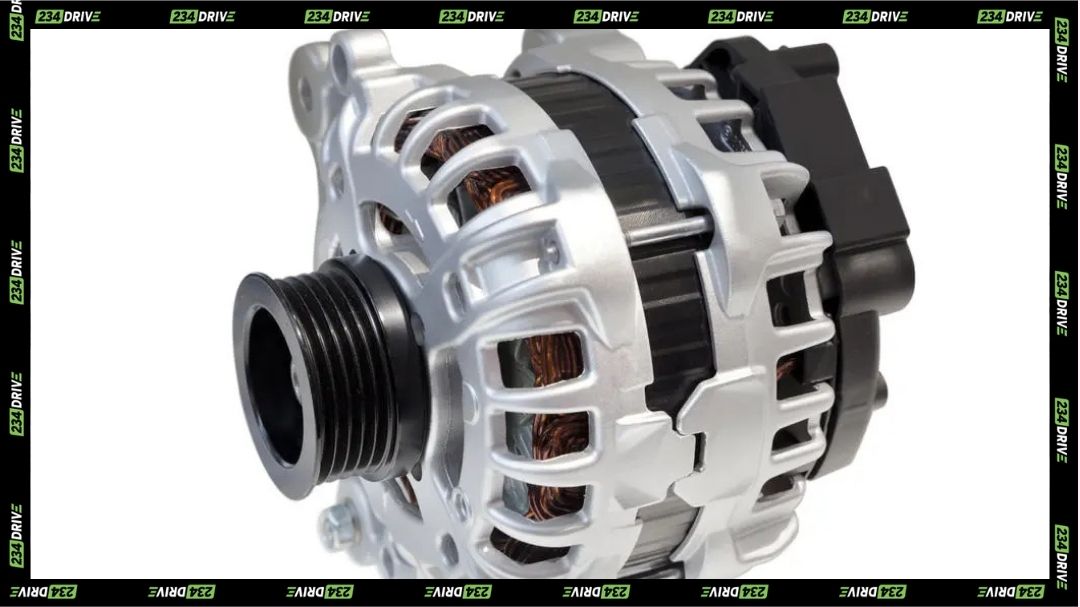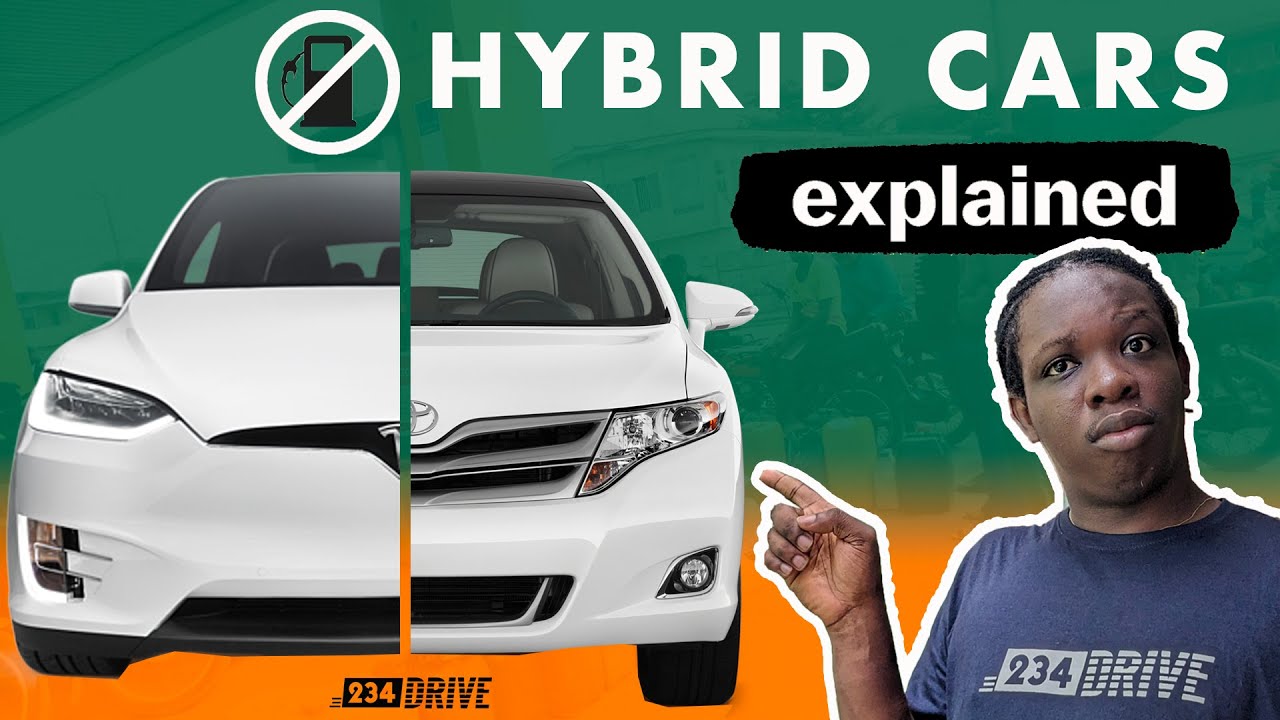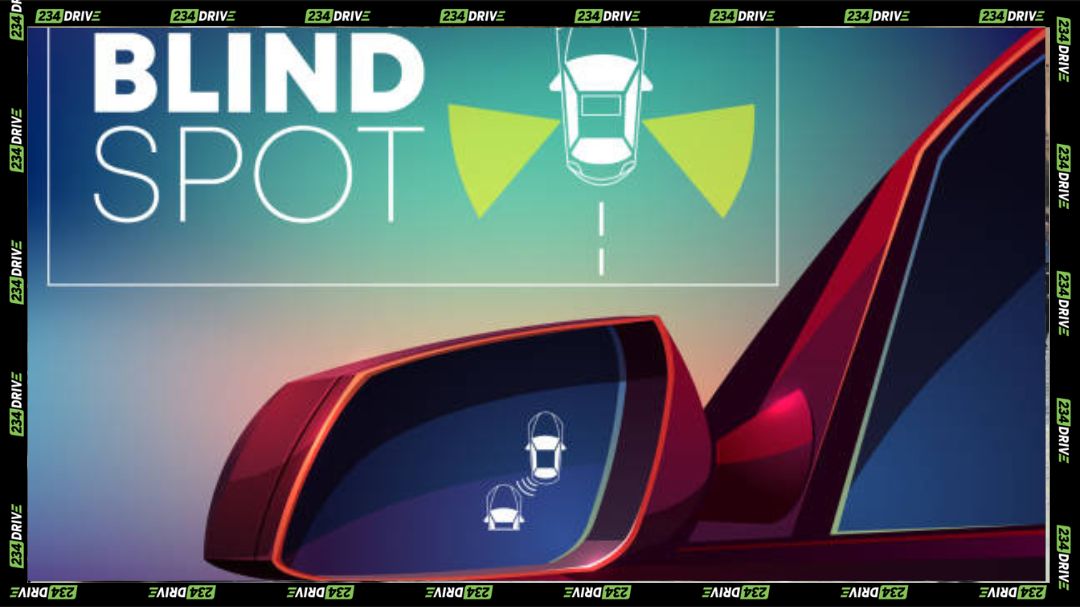Electric vehicles (EVs) are on the rise in Nigeria—and with that comes a new kind of responsibility: battery maintenance. In a country where high temperatures and unstable electricity are part of everyday life, keeping your EV battery in top shape isn’t just about performance; it’s about survival.
Let’s break down exactly what Nigerian EV owners need to do to ensure their battery lasts long, performs well, and stays safe under the country’s unique conditions.
Why EV Battery Maintenance Is Different in Nigeria
EVs are typically designed for temperate climates with reliable electricity. Nigeria? Not so much.
- Heat is relentless, and high temperatures are a known battery killer.
- Electricity is unstable, so charging cycles can be unpredictable.
- Charging infrastructure is limited, especially outside major cities.
That means EV owners in Nigeria must be more strategic than their counterparts in other countries. You’ll need to account not just for driving range, but also for weather exposure, backup power sources, and even road conditions that may affect vehicle performance and energy efficiency.
1. Protect the Battery from Heat
The Nigerian sun can be brutal. Temperatures in many regions easily rise above 35°C (95°F)—and that’s bad news for lithium-ion batteries.
What to Do:
- Park in the shade whenever possible.
- Use a car cover to block direct sunlight if you’re parked outdoors.
- Choose covered garages or build a simple awning over your home parking spot.
Why? Because heat speeds up the chemical breakdown inside EV batteries, shortening lifespan and reducing range. It can also lead to thermal runaway, a condition where the battery overheats to a point of potential combustion.
EVs lose up to 15% of their range in high heat, with even more degradation over time.
In fact, studies show that long-term exposure to extreme heat without sufficient cooling can cut an EV battery’s lifespan by 20–30%.
2. Master the Art of Charging
How and when you charge makes a huge difference. Nigerian EV owners should aim to charge between 20% and 80% and avoid frequent fast-charging sessions.
Charging Best Practices:
- Avoid full charges unless absolutely necessary.
- Avoid deep discharges below 20%.
- Use slow AC chargers whenever possible—they’re gentler on the battery.
- Install a home solar charging station to beat the grid.
With erratic power supply, it’s tempting to use fast DC chargers when the lights come on—but over time, that fries your battery. Instead, plan your charging routine around solar power or times when the grid is stable.
Also, consider investing in a battery management system (BMS) that lets you schedule charge times and monitor battery health remotely via a mobile app.
3. Keep Your Cooling System in Check
If your EV has a liquid cooling system (like the Hyundai Kona Electric), it needs regular checks just like an internal combustion engine.
What to Check:
- Coolant levels: Check between the MAX and MIN marks.
- Service intervals: Usually every 40,000 miles or 36 months.
- Look out for warnings like “EV Battery Overheated! Stop Vehicle.”
In Nigeria’s climate, cooling systems are a lifesaver for EV batteries. Neglect them, and you’ll pay the price in battery degradation—or worse, safety issues.
You should also check for leaks and ensure the coolant isn’t contaminated. Use only the recommended type of coolant to avoid damaging the internal components of your battery pack.
4. Go Solar—Seriously
Nigeria has one of the highest solar energy potentials in the world. And yet, many EV owners still depend on the unreliable national grid.
Why Solar Works:
- Stable power: Solar systems bypass grid fluctuations.
- Eco-friendly: No diesel fumes, no noise.
- Economical in the long term: After initial setup, solar charging is practically free.
Companies like Solynta Energy specialise in solar home systems tailored for EV charging. With net metering and hybrid inverters, you can charge your EV sustainably—even overnight.
If your daily commute is under 50km, you can fully charge your EV with a modest rooftop setup that includes 4–8 solar panels and a battery storage unit.
5. Stick to Manufacturer Guidelines
Every EV is different. While some general rules apply across the board, your car’s manual should always come first.
For example, the Hyundai Kona Electric—assembled in Nigeria—recommends:
- Checking coolant every 36 months
- Inspecting the 12V battery every 15,000 miles
- Avoiding fast charging in extreme heat
You can find detailed maintenance schedules in resources like the 2021 Hyundai Kona EV Manual (PDF).
Other brands like BYD, Innoson, and Jet EVs may have different service schedules. Always consult your owner’s manual before assuming one-size-fits-all maintenance routines.
6. Schedule Regular Battery Health Checks
Your EV’s high-voltage battery is not something you want to ignore. Even if it seems fine, small problems can go unnoticed until they become big ones.
What to Inspect:
- 12V auxiliary battery terminals (clean and coat with petroleum jelly)
- Battery temperature warnings
- Charging consistency and range degradation
Get a certified technician to run diagnostics at least once a year. In hot regions like Nigeria, you may need it more frequently.
Some dealerships offer battery diagnostics bundled with regular service visits. These tests include voltage balancing, internal resistance checks, and temperature sensor calibration—all of which can detect early signs of battery failure.
Maintenance Schedule At-A-Glance
| Task | Frequency | Purpose |
| Park in shaded areas | Daily | Prevents heat damage |
| Check coolant levels | Every 36 months or 40,000 miles | Maintains thermal stability |
| Charge between 20–80% | Every charge | Reduces cell stress |
| Use slow AC chargers | Regularly | Minimises battery wear |
| Clean 12V battery terminals | Every 12 months | Prevents corrosion |
| Solar charging setup | One-time install | Provides grid independence and cleaner power |
| Run battery diagnostics | Annually (or more often) | Monitors degradation and internal faults |
Nigeria-Specific EV Challenges (And How to Beat Them)
The Heat Factor
Nigeria’s weather isn’t kind to EV batteries. Always plan your parking and drive times to avoid peak heat hours (12–3PM). Also, avoid leaving your EV on charge under direct sunlight during those hours—battery packs heat up during charging, and external heat makes it worse.
The Grid Instability
Charge your EV during the most stable power periods (often early morning or late night) or switch entirely to solar and battery backups. A hybrid setup combining solar with inverter battery packs can offer smooth charging even when the grid is down.
Infrastructure Gaps
Until charging stations become widespread, prioritise home charging. Apps like PlugShare can help locate existing public chargers in Lagos, Abuja, and Port Harcourt. Consider also forming community EV groups where multiple users can share a local charging point installed with pooled funding.
Final Thoughts
Owning an electric vehicle in Nigeria is no longer a futuristic fantasy—it’s a smart, forward-thinking choice. But to make it work, you’ve got to treat your battery like royalty. Avoid heat. Charge smart. Go solar. Keep your cooling in check. Monitor health regularly.
Think of your EV battery like a human heart: if you treat it well, it powers you for years. Abuse it, and it’ll let you down when you need it most.
The future is electric—but it’s only sustainable if we adapt the technology to our local realities.
Stay charged. Stay safe. Drive electric.




